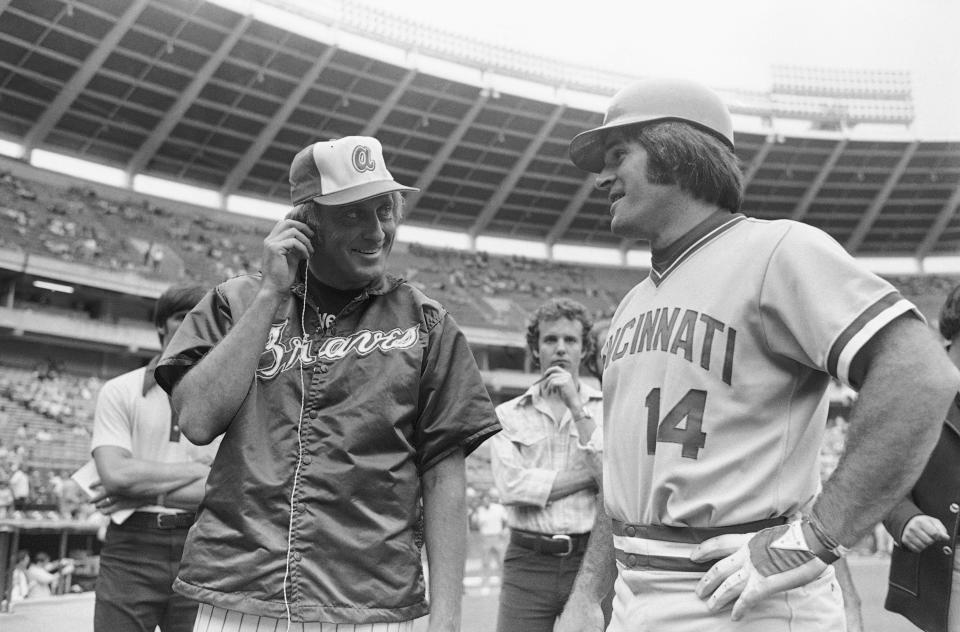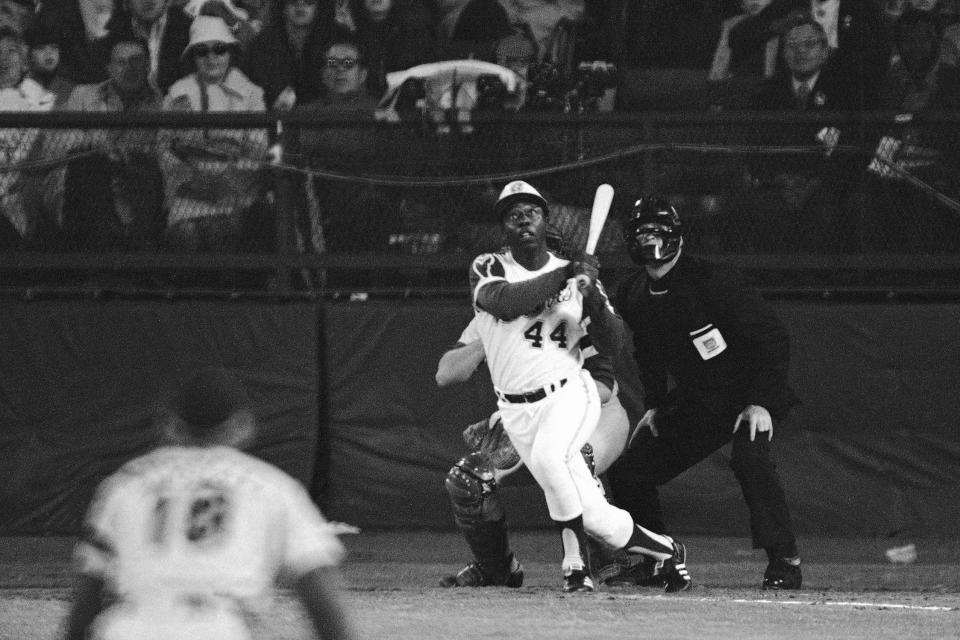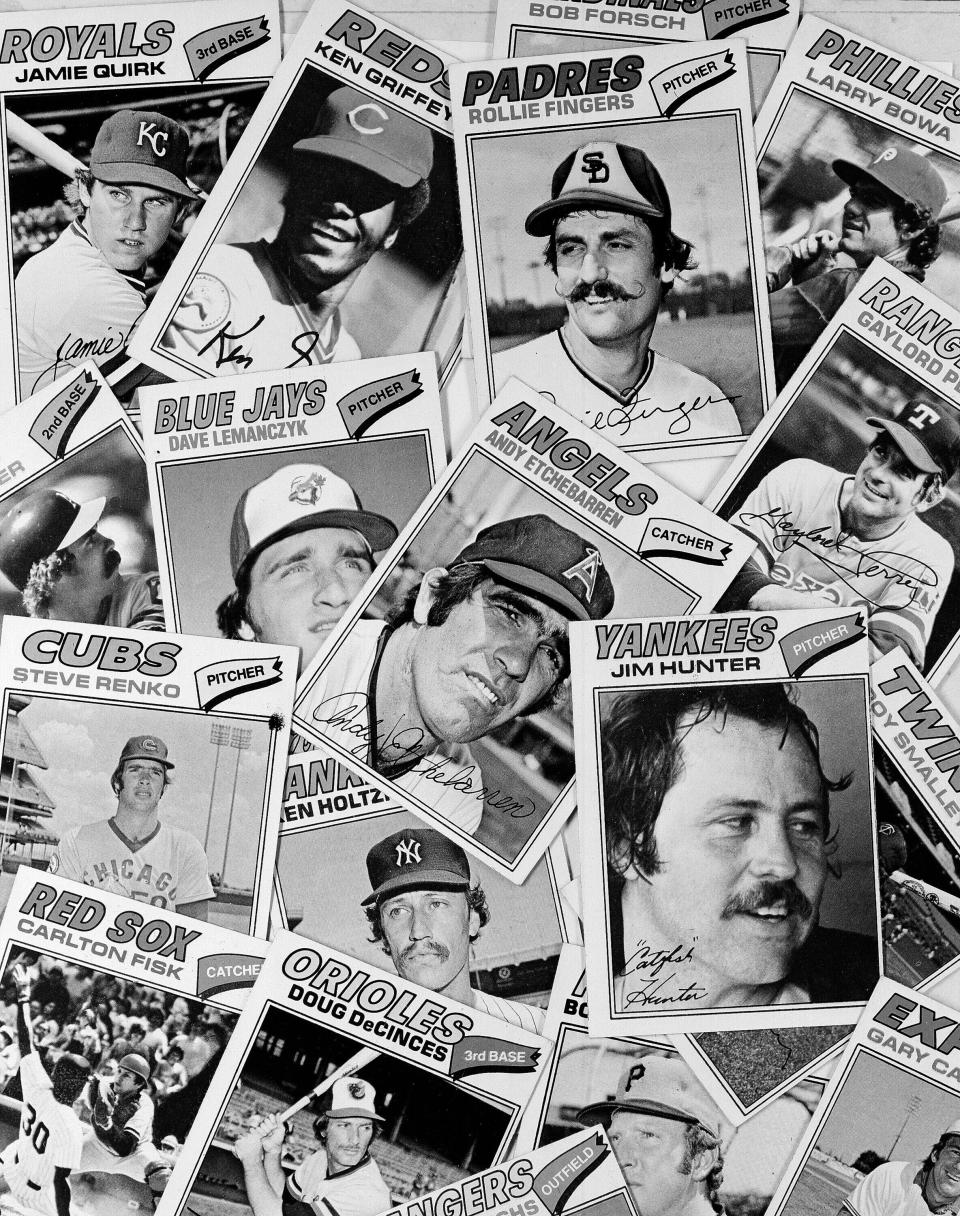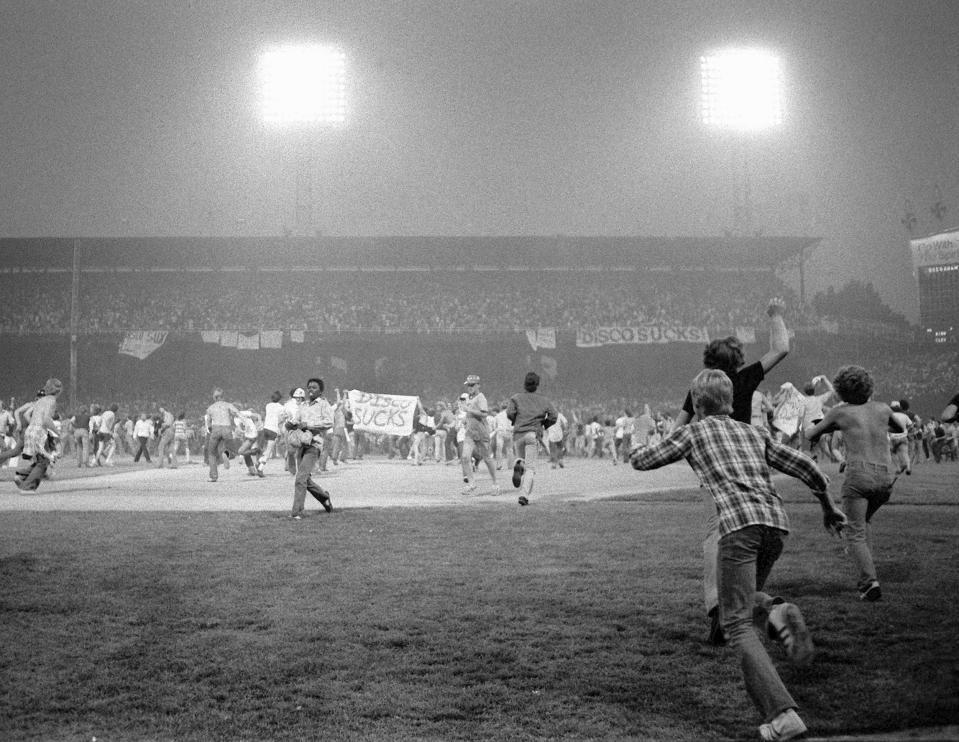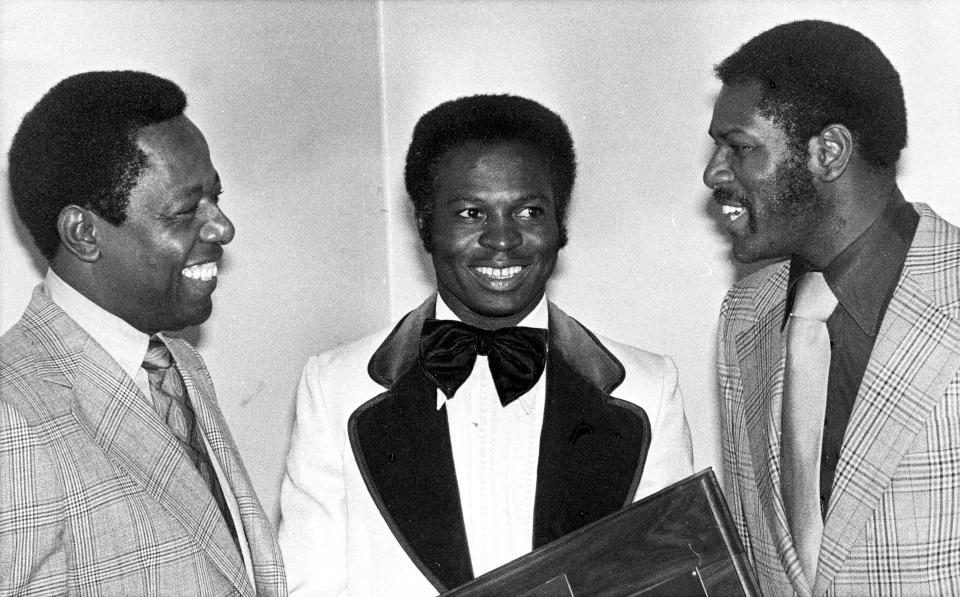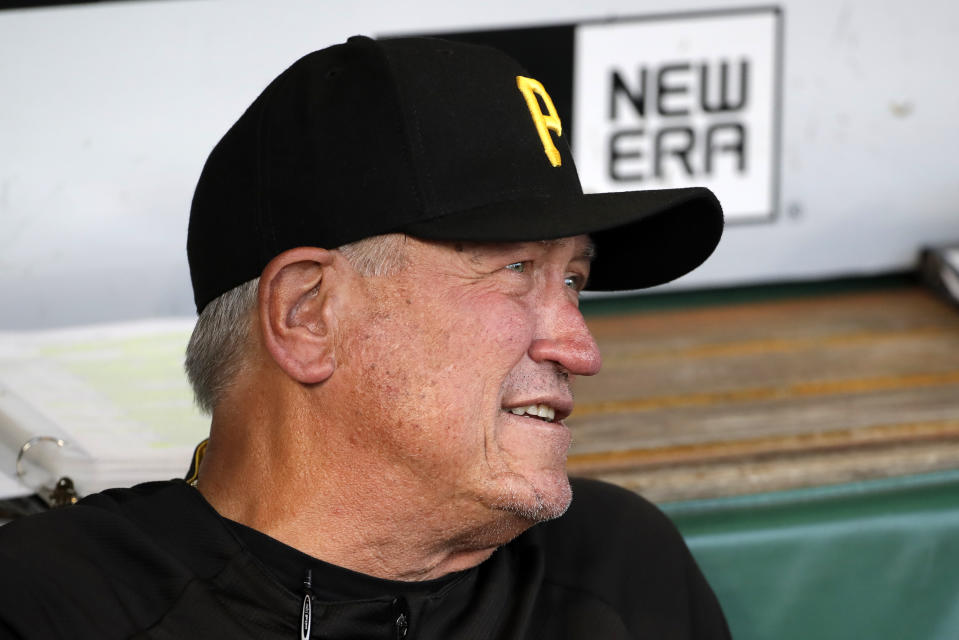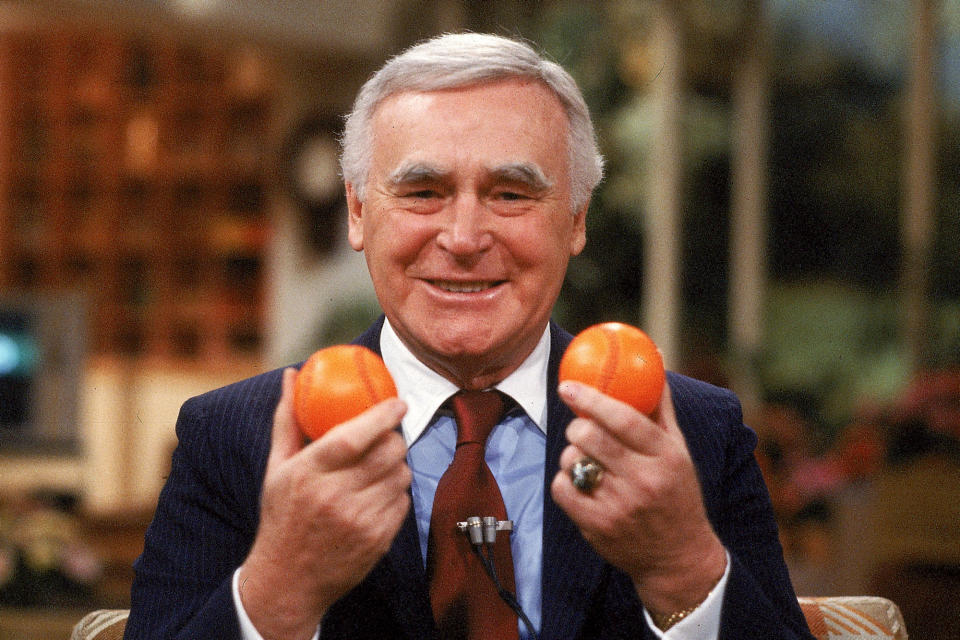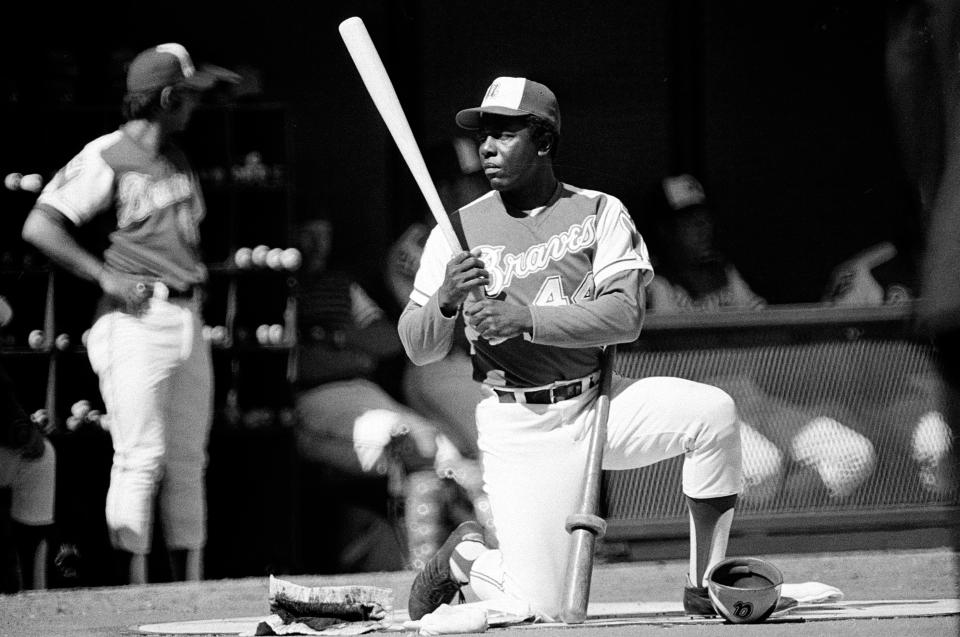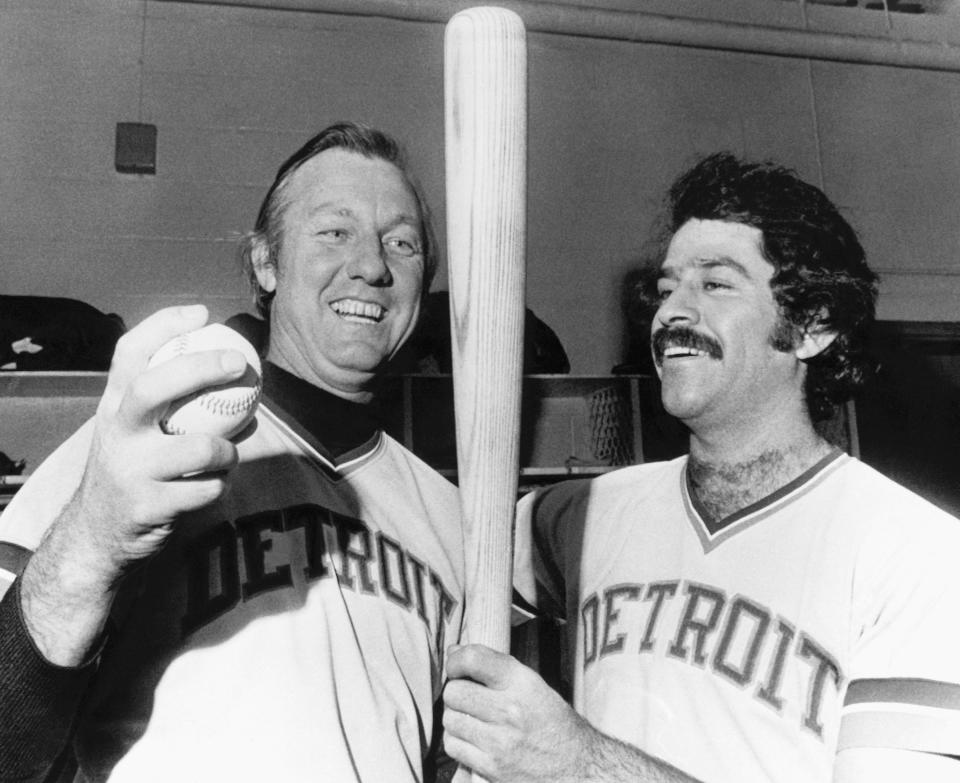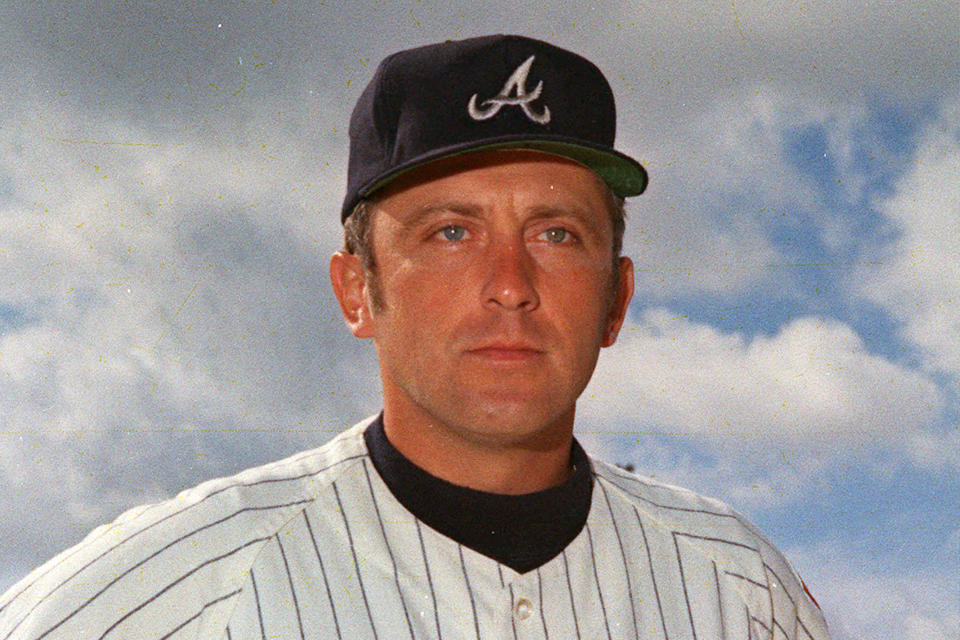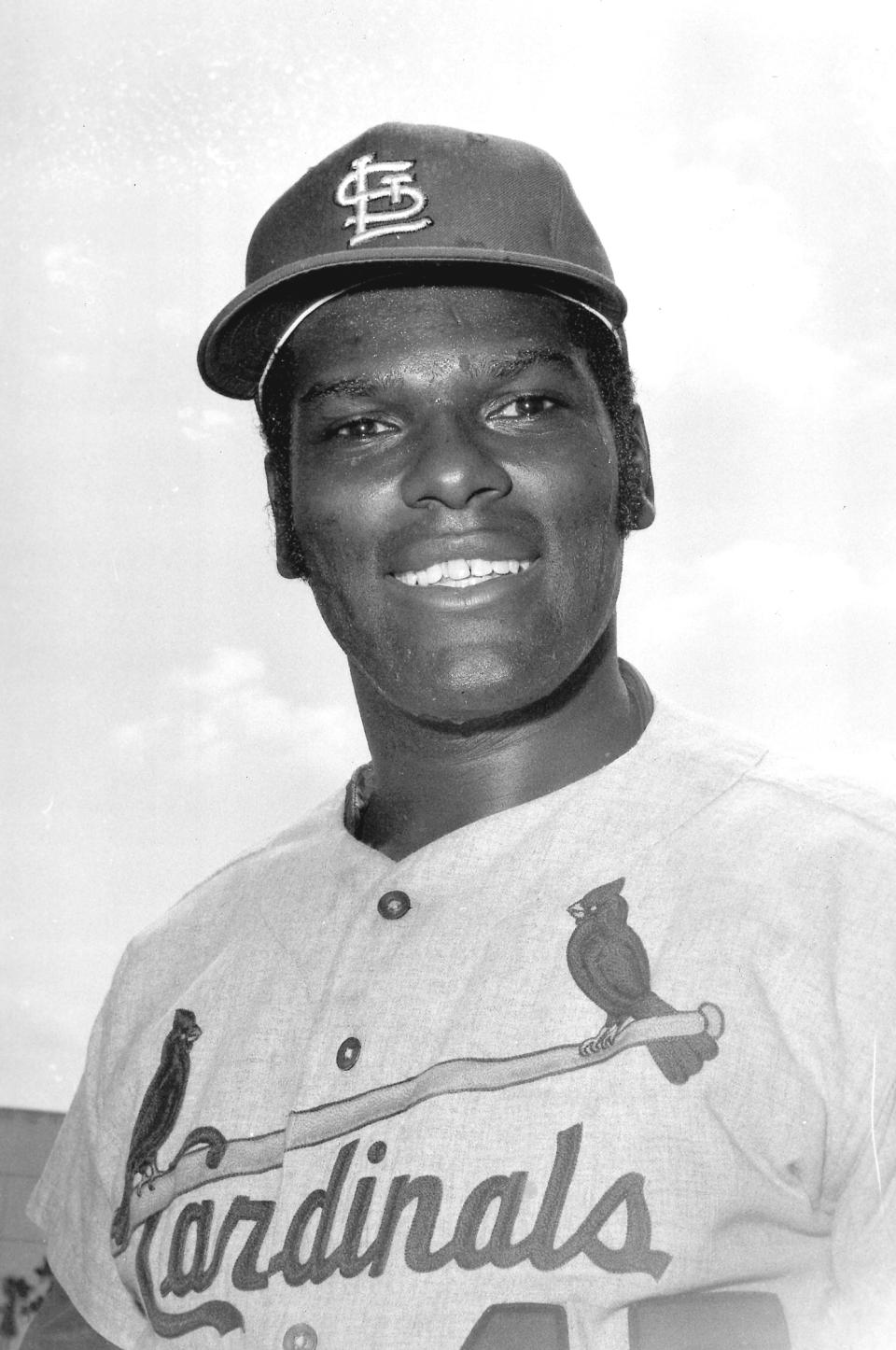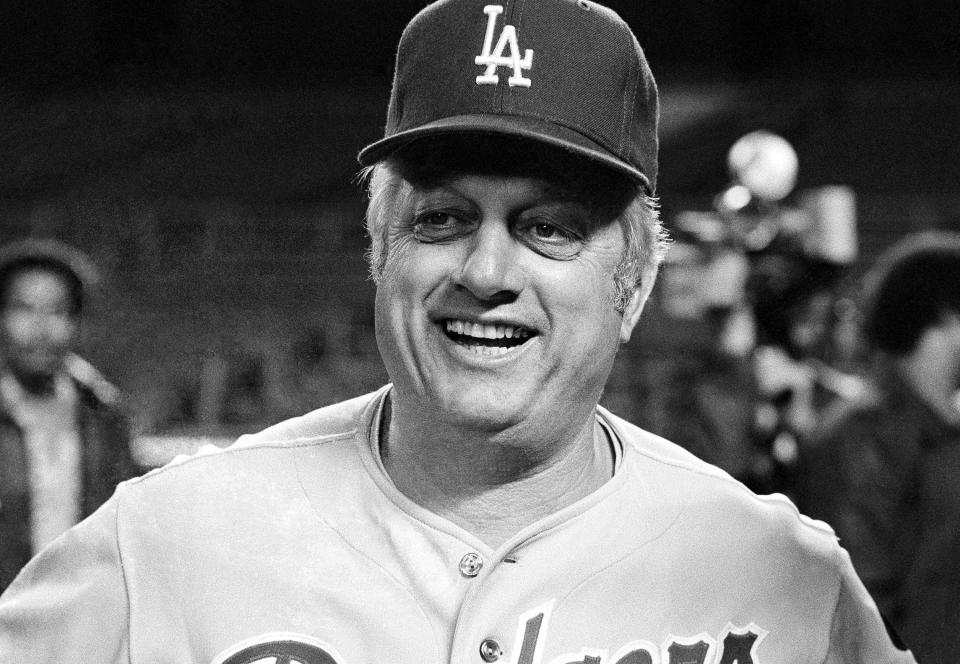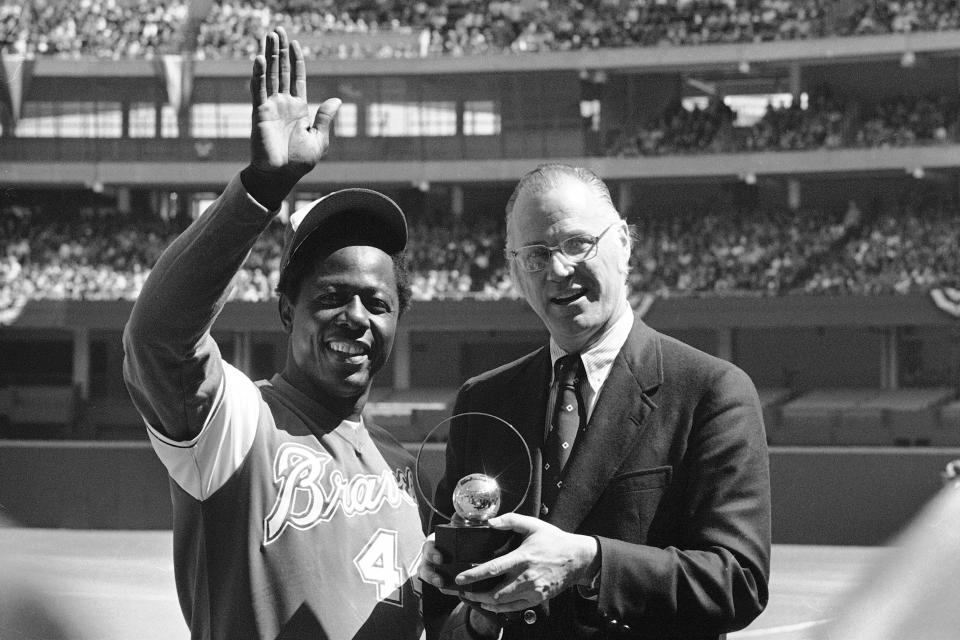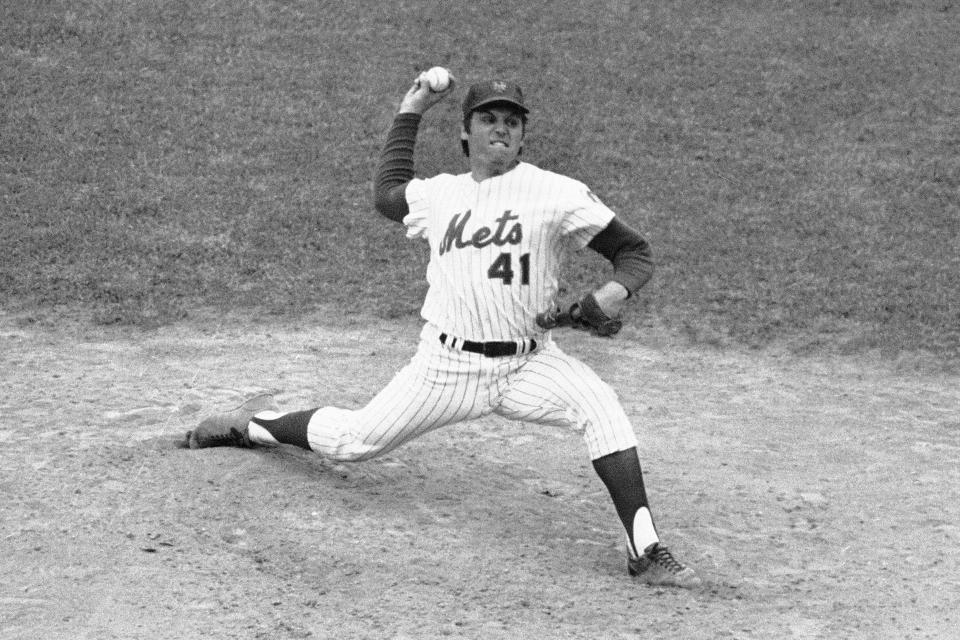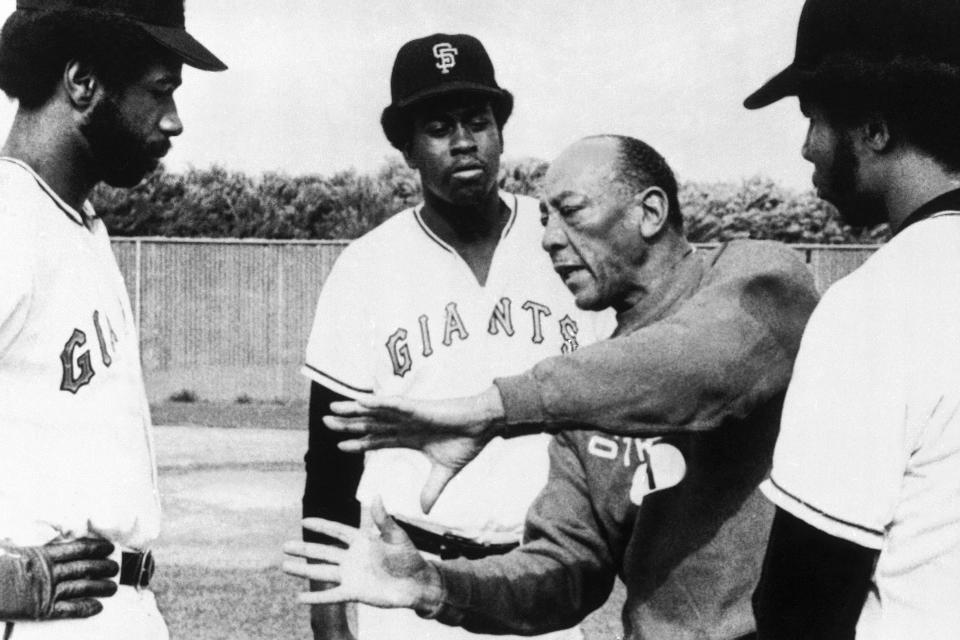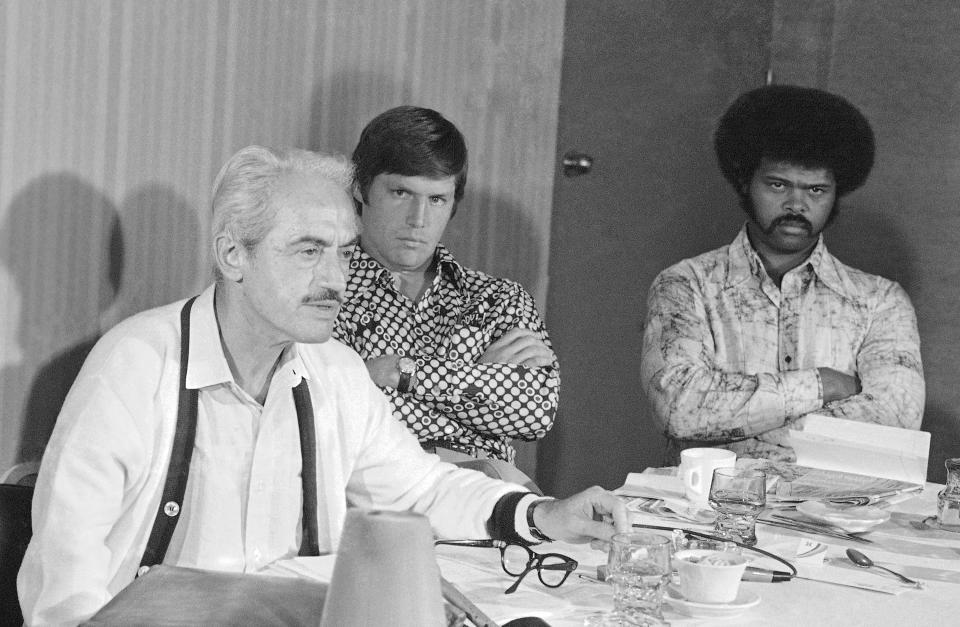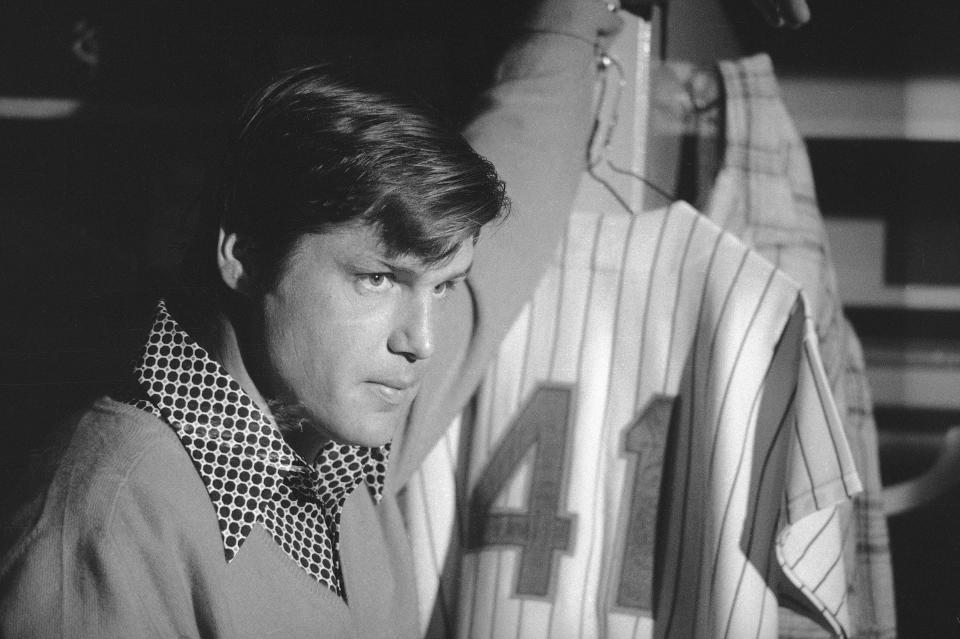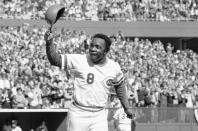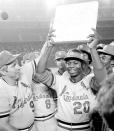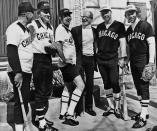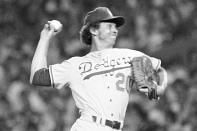That 70s Show: Loss by loss, a unique era of baseball fades
The affection engulfs Clint Hurdle’s voice as he appraises the list of those recently gone — childhood idols who became teammates and opponents, teammates and opponents who became acquaintances, acquaintances who became dear friends.
The 1970s memories surface fast for the man who has spent his entire adult life in baseball, as player and manager. Bob Watson, whom he first met while serving as a batboy for the Class-A Cocoa Astros. Claudell Washington: “We used to just laugh.” Bob Gibson, as nice off the field as he was menacing on it. The distinctive way Joe Morgan pumped his elbow at bat: “I watched him as a kid. I used to try to re-create the chicken wing for hitting.”
All are members of a list disquieting in its length — those from the ranks of 1970s baseball rosters who have died in the past year alone.
The list: Perhaps it’s no longer than any other list of those who were dying at other moments in baseball’s history. But against the past year’s backdrop — of pandemic-inflected grief, of baseball withering and coming back smaller, of a truncated season and crowdless stands — it feels unremitting. Just part of it:
Watson. Washington. Gibson . Morgan. Al Kaline. Lou Brock. Don Sutton. Hank Aaron. Dick Allen. Jay Johnstone. Phil Niekro. Tom Seaver. Biff Pocoroba. Lindy McDaniel. Billy Conigliaro. Tommy Lasorda. And now, three weeks ago, from COVID-19 complications: Grant Jackson, who won the final Major League Baseball game of the decade as the 1979 Pittsburgh Pirates took the World Series.
Theirs were the names etched on the Topps cards. The names that crackled from plastic, fruit-colored transistor radios. The names that shouted from the pages of Baseball Digest and hometown newspapers at a moment in the game’s history that can seem like yesterday but, propelled by the past year's losses, is starting its inexorable fade.
“I like to say, ‘Hey, I grew up in the greatest era of baseball,'” Gary Matthews, who played in the big leagues from 1972 to 1987, is saying one recent day. He is just back from the funeral of his friend, Henry Aaron, in Atlanta — one of the most towering baseball losses of the past year.
Pete Rose, one of the decade’s most storied players, agrees. “You wanna know the truth? I faced 19 Hall of Fame pitchers in the 1970s and 1980s,” he says. “I don’t know if guys today are facing 19 Hall of Fame pitchers.”
In the 1970s, baseball opened up and let its hair down. It was an era of the downright idiosyncratic — incandescent uniforms and orange baseballs and orange-striped catcher’s mitts and synthetic fields, Reggie! bars and stick-on Stargell stars and mustache upon carefully cultivated mustache.
It was an era of substantive change, too. The designated hitter took root. The reserve clause ended, free agency began and the players’ union found its voice, setting the table for the high salaries of today. The number of players of color grew as they finally stepped into a full-on spotlight, albeit one still pocked with ugly obstacles.
And though games unfolded in some of the most impersonal stadiums ever, baseball was still — perhaps for a final time — being played at human scale.
“If you stuck a DVD in of a game from the 1970s, I think a 15-year-old would be very surprised,” says Cait Murphy, who chronicled one early 20th-century season in “Crazy ’08: How a Cast of Cranks, Rogues, Boneheads, and Magnates Created the Greatest Year in Baseball History.”
The players of the 1970s, too, felt more accessible. They’d come home and manage a supermarket or open a beer distributor or sell insurance. For many, this second career wasn’t a choice; baseball’s pay then created a standard of living very different from today’s.
“The younger people who are into this era, they kind of marvel at how MLB players from the 70s, they look like they could have been your math teacher or the guy working down at the auto-parts shop,” says Dan Epstein, author of “Big Hair and Plastic Grass: A Funky Ride Through Baseball and America in the Swinging ’70s.”
There’s a contradiction there, though. At the same time 1970s players felt more accessible, they felt less so, too. There was no MLB.tv offering every game live, with permanent HD playback. Players didn’t get into real-time back-and-forths with fans — for better and worse — on Twitter. The 1970s were, arguably, the final decade in which the illusion of baseball could thrive largely unchallenged.
“Sure, now you can get tweets directly from the players, but it all seems to be in a very slick context. It doesn’t have that same intimacy of a shoddy broadcast or an off-center card. And I think that was the key. That was part of how we got close to the game," says Josh Wilker, whose book “Cardboard Gods” examines the lives of 1970s players and his own childhood through the lens of the era’s baseball cards.
The 2020s will mark the 50th anniversary of so many milestones in 1970s baseball. The inevitable retrospectives will reveal a decade still near enough to seem recent, but different enough to feel utterly alien. And the distance grows each time a voice from that decade — a great arm, a formidable bat, a distinctive personality — goes silent.
“It’s kind of like I lost all of my baseball cards again,” says Clint Hurdle, whose rookie year was 1977.
“I was one of those kids who collected every card. And somehow all my cards got lost,” he says. “Well, I was fortunate enough to live and love and play against and meet those people and have dinner and lunch and have a conversation with or get hit by a pitch from or get struck out by them. It was an accumulation of hopes and dreams put into real time, and now they’re being taken away again.”
___
Ted Anthony, director of digital innovation for The Associated Press, has been writing about American culture since 1990 and writes frequently about baseball. Follow him on Twitter at http://twitter.com/anthonyted

